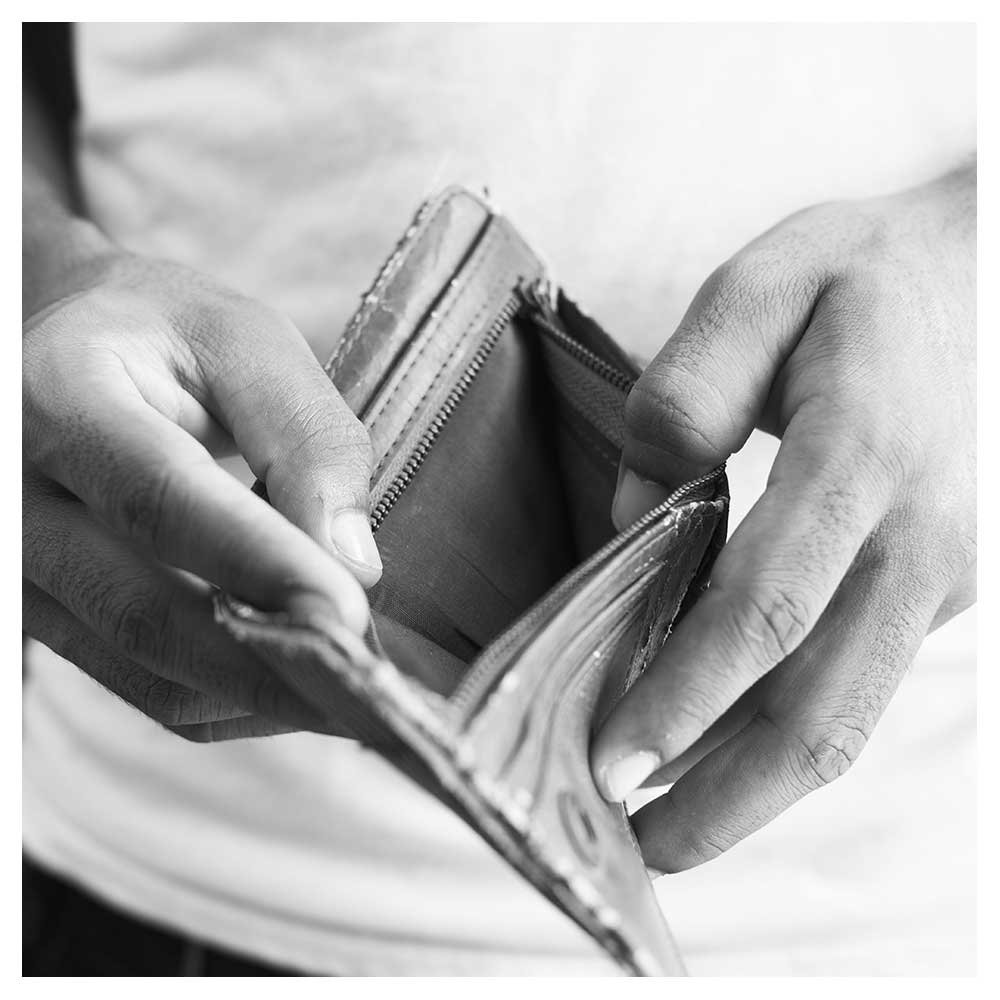How To Write a Killer Logline That Sells your Story
Imagine this: you're at a networking event, and you have the chance to pitch your screenplay to a high-powered executive. They ask you, "What's your story about?" You have only a few seconds to make a lasting impression. This is where a killer logline comes in handy.
In this blog post, we'll explore the art of crafting a captivating logline that will hook your audience and make them want to dive into your story.
I'll discuss the essential elements of an amazing logline, common pitfalls, and tips on how to make your logline stand out from the rest.
By the end, you'll have the tools to create a logline that's impossible to resist.
What is a Logline?
A logline is a one-sentence summary of your entire screenplay, novel, or short story that captures the essence of your narrative.
It's a marketing tool designed to grab attention and pique the interest of your target audience, be it producers, agents, or readers.
Why a Logline Matters
Loglines are crucial for several reasons, including the following:
Selling your story
A powerful logline is your first step to selling your story, generating interest in a project, and marketing it to potential audiences. It's the hook that gets people interested and wanting to know more.
Focused storytelling
A logline helps to distill a story's essence into a concise, easily understood format. A logline forces you to identify your story's core elements, enables you to stay focused on what really matters, and ensure that the story remains cohesive and engaging.
Elevator pitch
A logline is your go-to elevator pitch, giving you a concise way to describe your story when time is of the essence. This is important because it allows producers, investors, and studios to assess whether a project is worth pursuing quickly before reading the entire script.
What Is The Logline Formula?
To write a logline, the formula is the following: "When [inciting incident] happens, a [character description] must [objective] before [stakes]."
A killer logline has four primary parts:
Protagonist
The protagonist (good guy) is the story's main character the audience will root for throughout the story.
Antagonist
The antagonist (bad guy or evil force) is the character or force that opposes the protagonist.
Conflict
The conflict is the protagonist's main problem in them and reaching their goal.
Stakes
The stakes will happen when the protagonist doesn't reach their goal, which drives the story forward.
Common Logline Pitfalls
Being Too Vague
An overly vague logline doesn't provide enough information to engage your audience. Be specific about your protagonist, conflict, and stakes without revealing too much.
Overloading with Details
Conversely, a too complex or cluttered logline with unnecessary details can be off-putting. Focus on the essential elements and keep them concise.
Neglecting the Stakes
Failing to include the stakes in your logline might leave your audience wondering why they should care. Make sure you communicate the consequences of failure.
Ignoring the Tone or Genre
Neglecting to convey the tone or genre can lead to confusion or disappointment. Set the right expectations by hinting at the story's atmosphere or style.
Tips for Crafting a Killer Logline
Start with a Strong Concept
Before writing your logline, make sure you have a compelling concept. A unique, engaging idea serves as the foundation for a killer logline. If your story concept isn't strong, no amount of polishing will make your logline shine.
Use Active Language
Employ active, dynamic language that conveys energy and motion. Use strong verbs and descriptive adjectives to create a sense of urgency and excitement.
Keep It Concise
Aim for a logline that's at most 25-30 words. Brevity is key, as you want to grab your audience's attention quickly and leave them wanting more.
Experiment with Different Approaches
Don't settle for the first logline you write. Experiment with various phrasings, angles, and elements to find the perfect combination that best represents your story.
Test It on Others
Share your logline with friends, family, or writing peers to gather feedback. Their reactions can help you gauge your logline's effectiveness and identify improvement areas.
Revise, Revise, Revise
Crafting a killer logline is an iterative process. Don't be afraid to revise and refine it multiple times until you've captured the essence of your story concisely and compellingly.
Conclusion
A killer logline is an essential tool for any writer, serving as both a marketing device and a guide for focused storytelling.
By understanding the core elements, avoiding common pitfalls, and following the tips outlined in this blog post, you'll be well on your way to crafting a compelling logline that captures the imagination and leaves your audience eager to explore your story.
Remember, practice makes perfect. The more loglines you write, the better you'll become at distilling the essence.
Frequently Asked Questions About Loglines (FAQs)
What should a movie logline include?
A logline should include the protagonist, their goal, and the central conflict. It should also hint at the stakes and provide a sense of the story's tone.
How long should a logline be?
A great logline, should generally be one to two sentences long but no more than three. The goal is to convey the essential elements of the story concisely and compellingly.
Who uses loglines?
Loglines are used by writers, producers, agents, and other industry professionals in the film and television industries. Publishers and literary agents in the book publishing industry also use them.
Can a logline change over time?
A logline can evolve and change as the story or screenplay develops. It's essential to revisit and refine the logline throughout the writing process to ensure that it accurately reflects the story and is as compelling as possible.
What are some examples of successful loglines?
Here are a few logline examples:
"When a young woman, imprisoned for a crime she didn't commit, must use her wits and her untested supernatural powers to escape the clutches of a sadistic government agent and reunite with her family." (The Hunger Games)
"When a killer shark unleashes chaos on a beach community off Cape Cod, it's up to a local sheriff, a marine biologist, and an old seafarer to hunt the beast down." (Jaws)
"A troubled high school student travels back in time to relive the day of her murder over and over again until she can solve the mystery and prevent her own death." (Happy Death Day)
Can a logline reveal spoilers?
It's important to avoid revealing major spoilers in a logline, as it can ruin the experience of watching or reading the story for the first time.
However, hinting at the stakes involved and creating a sense of intrigue can effectively capture the attention of potential investors or readers.
Are loglines only for movies and TV shows?
No, loglines can be used for any type of storytelling, including novels, short stories, and plays.
A clear and concise logline can benefit any story or screenplay that needs to be pitched or summarized.
Is it necessary to have a logline before starting to write a story?
No, having a logline before starting to write a story is unnecessary. However, it can be helpful to have a general idea of the protagonist, their goal, and the main conflict before diving into the writing process.
Developing a logline can also be a helpful exercise in clarifying the core elements of your story.



























